Ninhydrin
Original price was: ₹20,000.00.₹18,000.00Current price is: ₹18,000.00.
Description
| Packaging Details | Bottle(100gm, 1kg, 50gm etc) |
| Grade | Industrial |
| Usage/Application | Industrial |
| Packaging Type | PP bottle |
| Physical Form | Powder |
| Grade Standard | Bio-Tech Grade |
| Physical State | Liquid |
| Usage | Industrial |
CERTIFICATE OF ANALYSIS
PRODUCT NAME: NINHYDRIN
INFORMATION OF NINHYDRIN: inhydrin (2,2-dihydroxyindane-1,3-dione) is a chemical used to detect ammonia or primary and secondary amines. When reacting with these free amines, a deep blue or purple color known as Ruhemann’s purple is produced. Ninhydrin is most commonly used to detect fingerprints, as the terminal amines of lysine residues in peptides and proteins sloughed off in fingerprints react with ninhydrin.[2] It is a white solid which is soluble in ethanol and acetone at room temperature.[1] Ninhydrin can be considered as the hydrate of indane-1,2,3-trione.
USES:Ninhydrin can also be used to monitor deprotection in solid phase peptide synthesis (Kaiser Test).[8] The chain is linked via itsC-terminus to the solid support, with the N-terminus extending off it. When that nitrogen is deprotected, a ninhydrin test yields blue. Amino-acid residues are attached with their N-terminus protected, so if the next residue has been successfully coupled onto the chain, the test gives a colorless or yellow result.Ninhydrin is also used in amino acid analysis of proteins. Most of the amino acids, except proline, are hydrolyzed and react with ninhydrin. Also, certain amino acid chains are degraded. Therefore, separate analysis is required for identifying such amino acids that either react differently or do not react at all with ninhydrin. The rest of the amino acids are then quantified colorimetrically after separation by chromatography.A solution suspected of containing the ammonium ion can be tested by ninhydrin by dotting it onto a solid support (such assilica gel); treatment with ninhydrin should result in a dramatic purple color if the solution contains this species. In the analysis of a chemical reaction by thin layer chromatography (TLC), the reagent can also be used (usually 0.2% solution in either n-butanol or in ethanol). It will detect, on the TLC plate, virtually all amines, carbamates and also, after vigorous heating, amidesWhen ninhydrin reacts with amino acids, the reaction also releases CO2. The carbon in this CO2 originates from the carboxyl carbon of the amino acid. This reaction has been used to release the carboxyl carbons of bone collagen from ancient bones[9]for stable isotope analysis in order to help reconstruct the palaeodiet of cave bears.[10] Release of the carboxyl carbon (via ninhydrin) from amino acids recovered from soil that has been treated with a labeled substrate demonstrates assimilation of that substrate into microbial protein.[11] This approach was successfully used to reveal that some ammonium oxidizing bacteria, also called nitrifying bacteria use urea as a carbon source in soil.A ninhydrin solution is commonly used by forensic investigators in the analysis of latent fingerprints on porous surfaces such as paper. Amino acid containing fingermarks, formed by minute sweat secretions which gather on the finger’s unique ridges, are treated with the ninhydrin solution which turns the amino acid finger ridge patterns purple and therefore visible
Our Export Location as a Ninhydrin Manufacturer, Supplier, Exporter, Stockist from India.
|
|
|
|
|

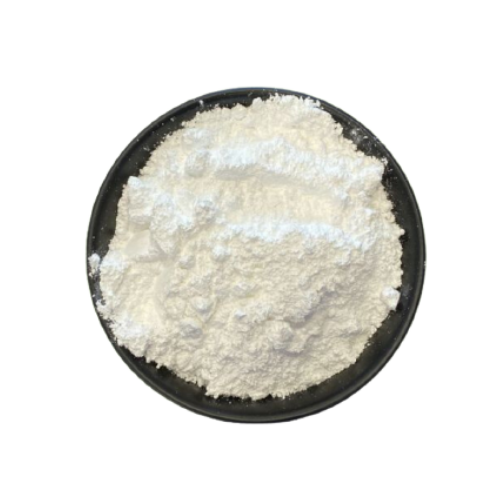
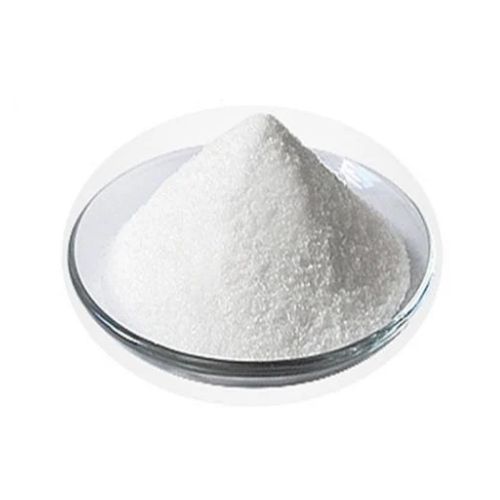

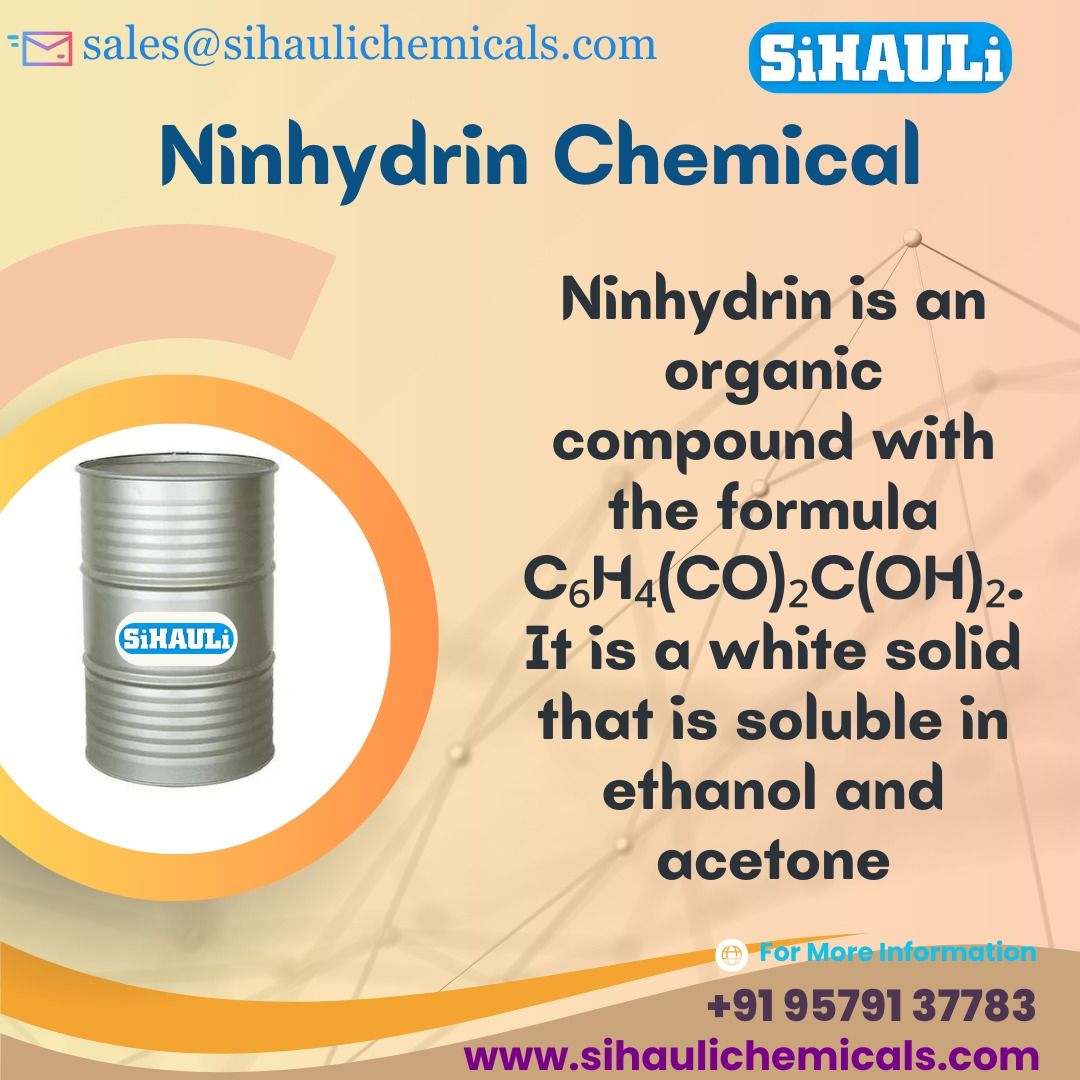
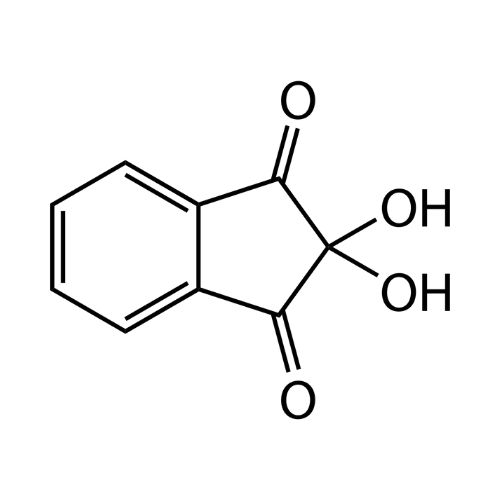
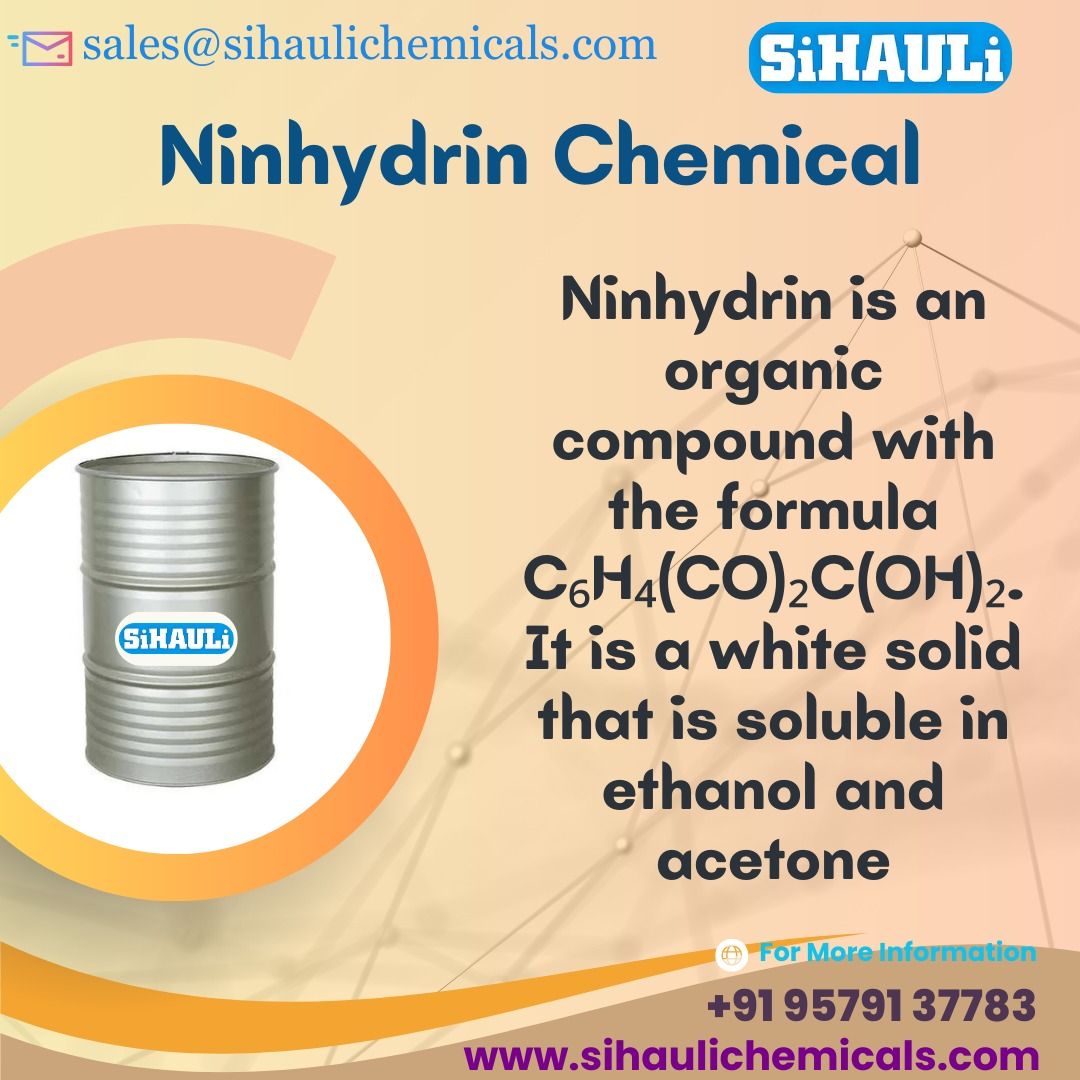
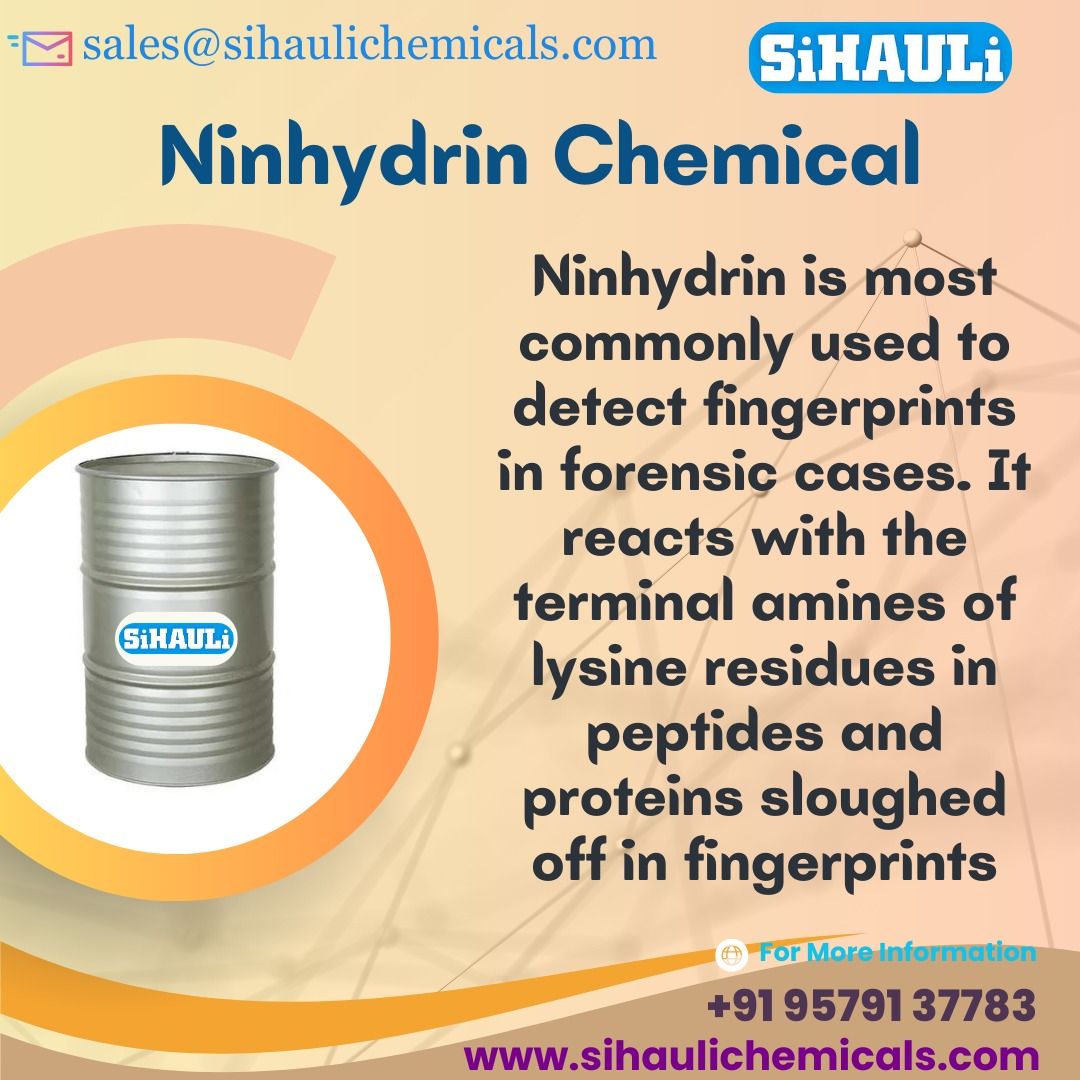

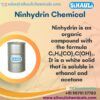
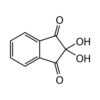

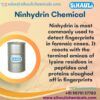
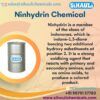
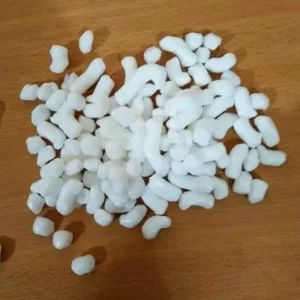
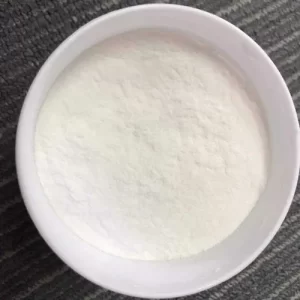
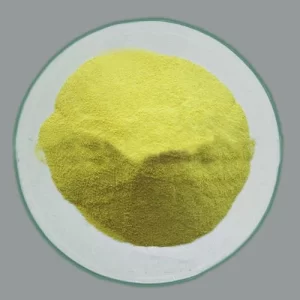
Reviews
There are no reviews yet.